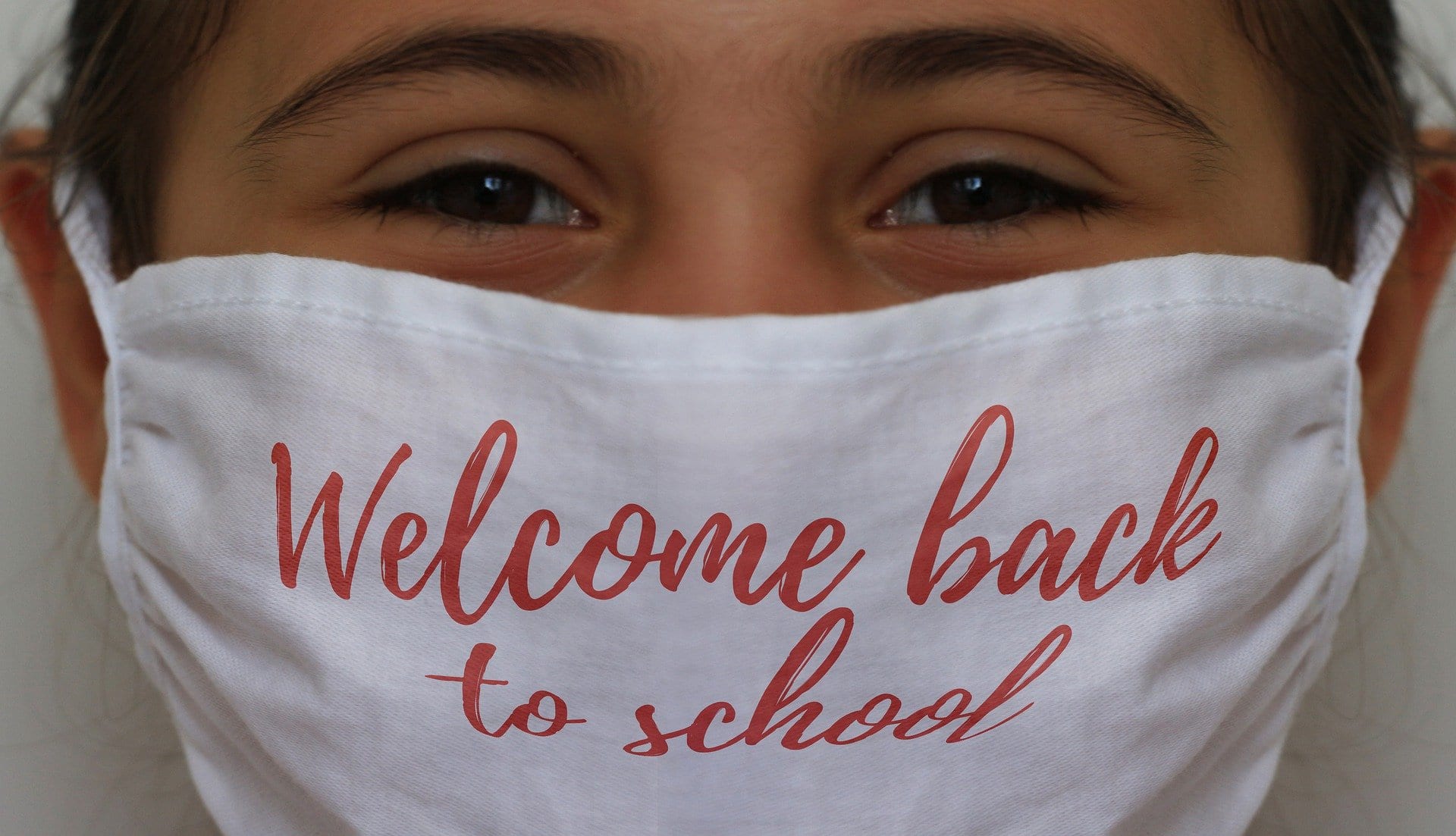by Crystal Williams, Ed.M.
Across the country preschools and childcare centers are working to serve children while also managing the risks of spreading COVID-19. Many centers have adjusted their drop-off and pick-up procedures to minimize exposure. Some programs require families to stay in the car while a staff member helps the child in and out of the vehicle. Still, others ask that children be dropped off at the entrance. These new procedures may impact a child’s behavior and create stress for families. In this blog post, we focus on strategies that may help create smoother drop-off and pick-up routines.
Prepare Children and Families Beforehand
When children and families to know what to expect, anxiety can be decreased. Some ideas are:
- Create a video of your drop-off and pick-up procedures to share with families
- Provide graphic tip sheets of what to expect
- Create a social story for children like this one to explain the changes in routine due to COVID-19. This might include details regarding what drop-off, entering the building/classroom, and pick up are like now.
- Get to know what supports individual children may need while they are at school by using a Q&A form
- Introduce new families and children to their classroom and teachers by hosting a virtual orientation to the setting
Establish a Drop-Off Routine with Families
With many families not entering centers, the drop-off routine may look different. Previous strategies such as inviting family members to help their children find something to play with or allowing children to bring in a comfort item may no longer be possible due to COVID-19 guidelines. To help children and families feel at ease try these ideas:
- Encourage families to sing the same song each day on the way to the early childhood setting or do a special handshake to say goodbye
- Invite the child to wave goodbye to their family before going inside
- If comfort items such as stuffed animals or blankets cannot be permitted into the building, encourage the child to leave the item in their car seat to spend the day with their family member
- Suggest different ways the child could move to their classroom—such as by walking on tip-toes, pretending to be a ninja, counting the number of squares on the floor, or singing a song together.
Pick up Procedures to Consider:
- Send home written daily reports or use a classroom management app such as Class Dojo to communicate with families about their child’s day
- Encourage children to draw a picture about their day to give to their family and label what the child says they draw. This will provide a “starting point” for a child to share his day’s experiences with a family member.
Image from Pixabay.com, CC0













